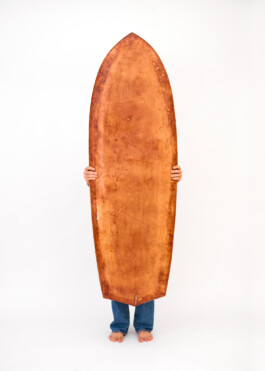
(EN)
Surf & Flint
(2025)
• Size: 5'10'' × 23 ×4
• Coloration : Red Soil
• Construction: Upecycled PU foam, fiberglass, polyester resin
• Fins: Bone/cow scapula
• Edition: Single edition
Originally, surfing was a cultural artifact in Polynesia, handcrafted using stone and shell tools. It carried deep spiritual and cultural values, where the long time devoted to its making created an intimate connection between the surfboard and the surfer. Today, its production has become industrialized; the object now serves a logic of consumption, shaped by economic expectations.
The Surf & Silex project revisits this shift by producing a contemporary surfboard — made of PU foam and polyurethane resin — but crafted entirely by hand, using only traditional Polynesian tools that I made myself: flint shards, bifaces, and scrapers, shaped from stones and shells collected on-site.
This tension between chemically engineered materials and ancestral techniques gives rise to a slow, physical, laborious process — running counter to the logics of efficiency, speed, and industrialization that dominate our relationship with objects today.
This act of making becomes symbolic: it questions our modes of production, the value we place on time, gesture, and the finished object...
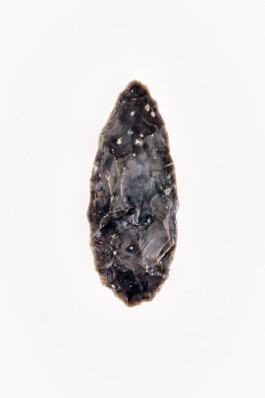
(FR)
Surf & Silex
(2025)
• Taille : 5'10'' × 23 ×4
• Coloration : Terre Rouge dans la résine
• Construction : Mousse PU recyclée, fibre de verre, resine polyester
• Dérives : taillé dans une omoplate de veau
• 1 exemplaire
À l’origine, le surf était un artefact culturel polynésien, façonné à la main à l’aide d’outils en pierre et en coquillage. Il portait des valeurs spirituelles et culturelles profondes, où le temps long consacré à sa fabrication créait un lien intime entre la planche et le surfeur. Aujourd’hui, sa production a été industrialisée ; il répond désormais à une logique de consommation, dictée par des attentes économiques.
Le projet Surf & Silex rejoue ce glissement en produisant une planche de surf contemporaine — en mousse PU et résine polyuréthane — mais entièrement réalisée à la main, exclusivement à l’aide d’outils traditionnels polynésiens que j’ai moi-même fabriqués : éclats de silex, bifaces et racloirs, taillés à partir de pierres et de coquillages récoltés sur le terrain.
Cette tension entre matériaux issus de l’industrie chimique et techniques ancestrales engendre un processus lent, physique, laborieux — à rebours des logiques d’optimisation, de rapidité et d’industrialisation qui structurent aujourd’hui notre rapport aux objets.
Ce geste de fabrication devient alors un acte symbolique : il interroge nos choix de production, la valeur que nous accordons au temps, au geste, à l’objet fini...
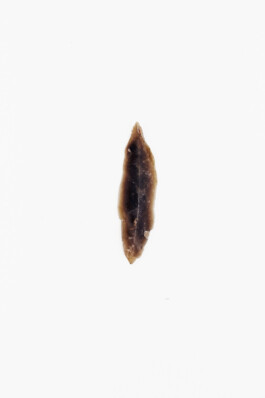
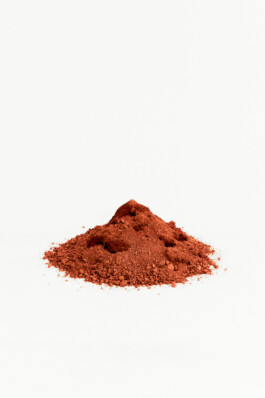
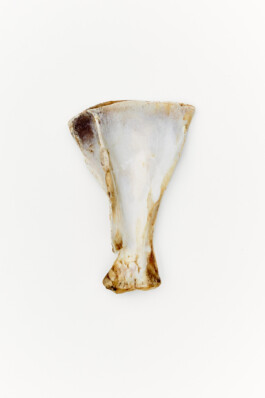
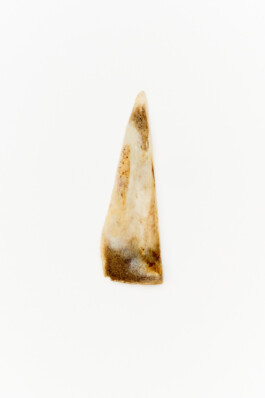
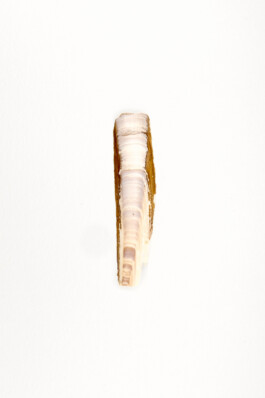
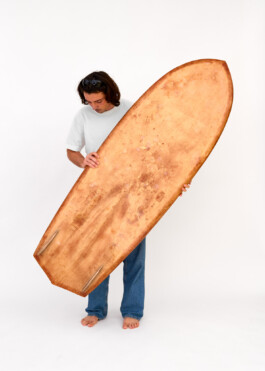
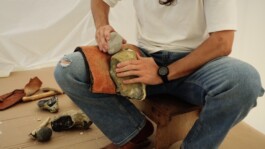
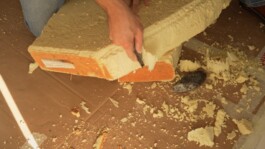
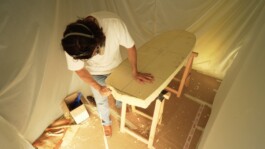
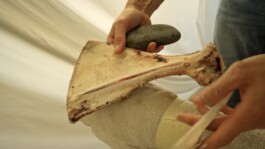
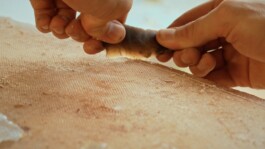
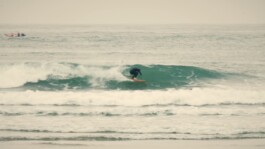
For more informations :
louis.souetre@gmail.com
© 2025 — Louis Souêtre

Surf & Flint
(2025)
• Size: 5'10'' × 23 ×4
• Coloration : Red Soil
• Construction: Upecycled PU foam, fiberglass, polyester resin
• Fins: Bone/cow scapula
• Edition: Single edition
Originally, surfing was a cultural artifact in Polynesia, handcrafted using stone and shell tools. It carried deep spiritual and cultural values, where the long time devoted to its making created an intimate connection between the surfboard and the surfer. Today, its production has become industrialized; the object now serves a logic of consumption, shaped by economic expectations.
The Surf & Silex project revisits this shift by producing a contemporary surfboard — made of PU foam and polyurethane resin — but crafted entirely by hand, using only traditional Polynesian tools that I made myself: flint shards, bifaces, and scrapers, shaped from stones and shells collected on-site.
This tension between chemically engineered materials and ancestral techniques gives rise to a slow, physical, laborious process — running counter to the logics of efficiency, speed, and industrialization that dominate our relationship with objects today.
This act of making becomes symbolic: it questions our modes of production, the value we place on time, gesture, and the finished object...













(Youtube)
(Instagram)
(TikTok)
For more informations :
louis.souetre@gmail.com
© 2025 — Louis Souêtre